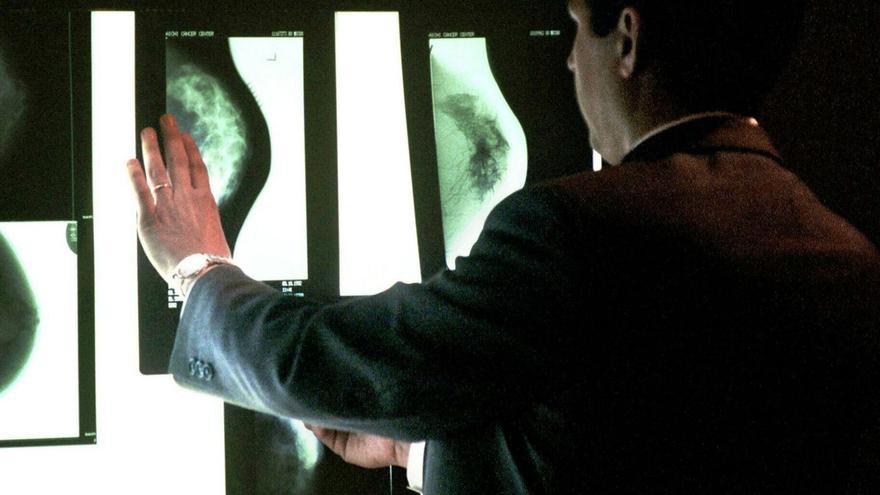Exercising reduces the risk of cancer by up to 30%

Exercising can reduce the risk of cancer by up to 30% and mortality by almost 20% after diagnosis. The strongest evidence for the benefits of exercise has been found in breast and colorectal cancer, but extends to other tumors such as the prostate, lung, bladder, endometrium or stomach.
With this in mind, the Spanish Society of Medical Oncology (SEOM) yesterday Monday launched a campaign aimed at raising public awareness of the importance of doing exercise, and among patients and doctors so that they prescribe exercise along with other cancer treatments. “Exercise is the fundamental basis of a healthy lifestyle.
Despite this, few cancer patients remain physically active due to a lack of information from healthcare providers and resistance from patients,” explains SEOM President Cesar A. Rodriguez.
In Spain, according to the National Institute of Statistics (INE), only 37.7% of the adult population regularly engage in physical activity, and 27.4% of the population are sedentary. The goal of the medical society is therefore to increase the number of Spaniards and patients participating in sports, thanks to its benefits in all stages of cancer, from prevention to treatment and prevention of relapses.
Increased incidence
On the occasion of Cancer Day, which is celebrated on 4 February, SEOM presented its annual report “Cancer figures in Spain in 2024”, which predicts that 286,664 cases of cancer will be diagnosed this year, an increase of 2.6% 2023. The incidence is increasing due to Spain’s increasing population, aging and unhealthy lifestyle habits such as sedentary lifestyle, unhealthy diet and consumption of alcohol and tobacco.
In fact, it is estimated that a third of cancer deaths are caused by preventable factors such as smoking, sedentary lifestyle or poor diet. In this sense, a decrease in smoking among men has led to a decrease in the incidence of lung and bladder cancer; while women experienced the opposite effect, with lung cancer cases nearly tripling since 2003 due to an increase in women smoking. “A few years ago this cancer was not even among the ten most common cancers among women, but now it is in third position,” warned Jaume Galceran, president of the Spanish Cancer Registry Network (REDECAN).
Survival rate is rising
As the incidence increases, the mortality rate increases. In Spain, INE data for 2022 show that tumors caused almost a quarter of deaths (114,828 deaths, representing 24.7% of all deaths), second only to diseases of the circulatory system. For men, the deadliest cancers are lung, colon, and prostate, and for women, the deadliest cancers are breast, lung, colon, and pancreas.
The good news is that, thanks to improved diagnosis and treatment, patient survival has doubled over the past 40 years. Thus, for men, the five-year net survival rate in the period 2008-2013. was 55.3%, and for women – 61.7%.